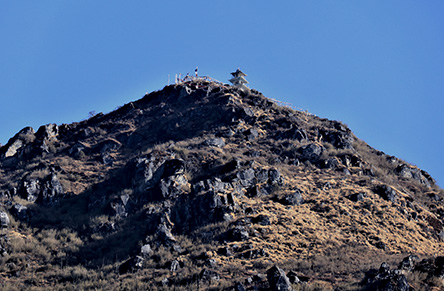Dhorpatan Trekking – New Route Exploration
Introduction:
Our latest project, Dhorpatan Trekking—Latest Route, Exploration, was completed in nine days. We went on an amazing trip that included a tiny sheep route, a quivering pond, and a stunning valley. In the spring and during the monsoon, this walk is like heaven. Dhorpatan is in Nepal’s Baglung District.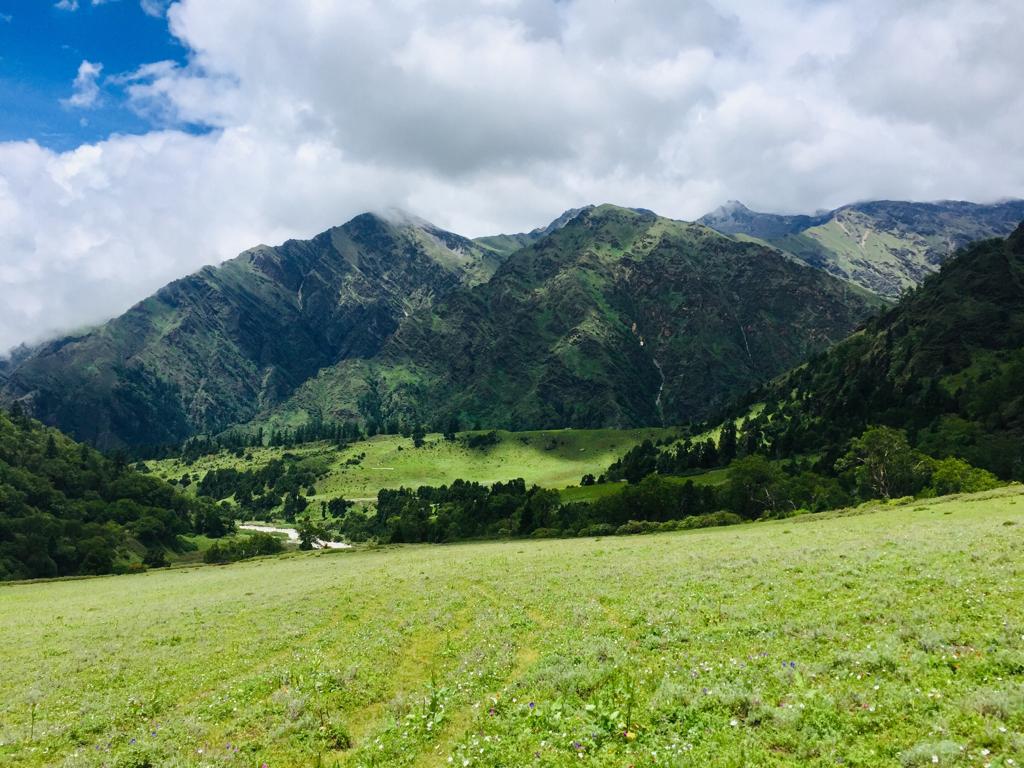
The Dhorpatan Hunting Reserve was gazetted in 1987 after being established in 1983. The sole hunting reserve in Nepal is called Dhorpatan. It spans 512 square kilometres in the Dhaulagiri Himal region of western Nepal and the Baglung, Rukum, and Myagdi regions of eastern Nepal. The Putha, Churen, and Gurja Himal stretch over the northern edge of the Dhorpatan Hunting Reserve, which is surrounded by the Rukum, Myagdi, and Baglung Districts in West Nepal’s Dhaulagiri Himal range. There aren’t many cottages or shelters accessible for hunters with hunting licences.
Along with Tibetan refugees, there is a tiny settlement of native Kham Magar people. The main economic pursuits for the locals in the area include handicrafts, animal husbandry, and minor tourism. Some homestay motels provide simple meals.
This area is home to endangered animals such as the red panda, wolf, and musk deer, as well as blue sheep, leopard, ghoral, himalayan thar, himalayan black bear, barking deer, wild boar, langoor, and mouse hare. 137 species, including partridges and pheasants; the Danphe and Cheer Pheasant are two of the endangered species.
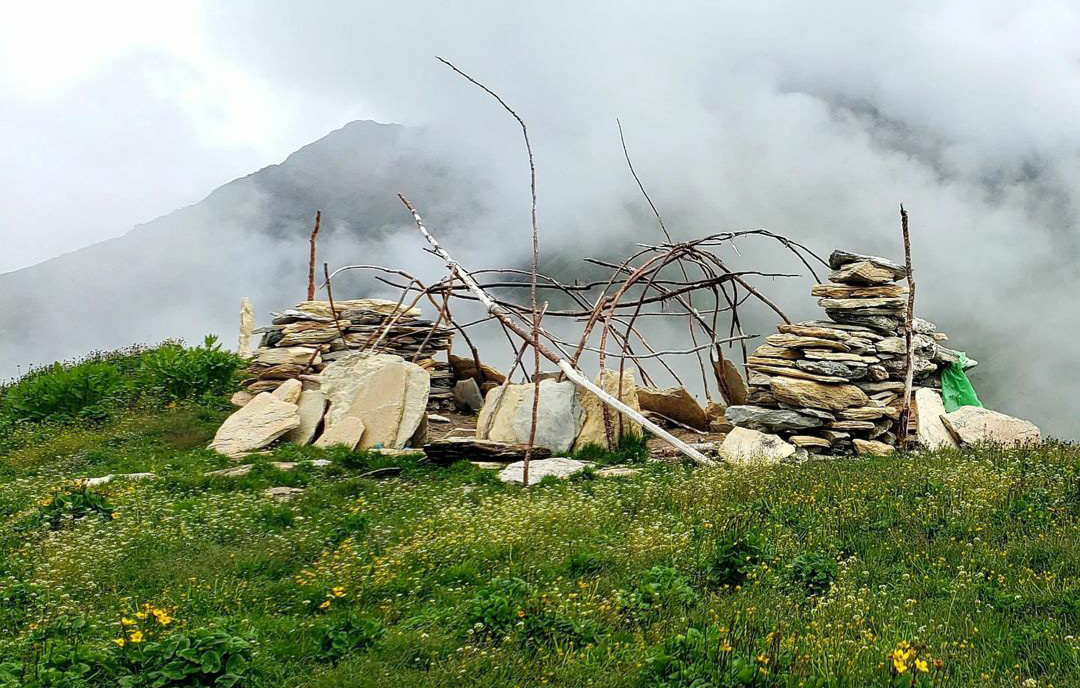
Dhorpatan can also be reached by bus or jeep, from Pokhara to Baglung, or by jeep from Beni.Dolpa is a few days’ trek to the north, around the western Dhaulagiri range.
Itinerary
Day 1: Kathmandu to Pokhara:

To begin exploring the new Dhorpatan hiking trail, take a drive from Kathmandu to Pokhara. Kathmandu is the capital city of Nepal. It is an incredible fusion of artistic and cultural pasts in a sizable, modern, and developed metropolis. Patan, Boudhanath, Swaymbhu Nath, Thamel Bhaktapur, and Patan are the main tourist destinations in this valley.
The distance between Kathmandu and Pokhara is 200 kilometres. We had breakfast before the sun came up. After breakfast, we started to pack our stuff. Our journey to Pokhara took seven or eight hours, commencing with our bus ride from the Balaju bus stop.
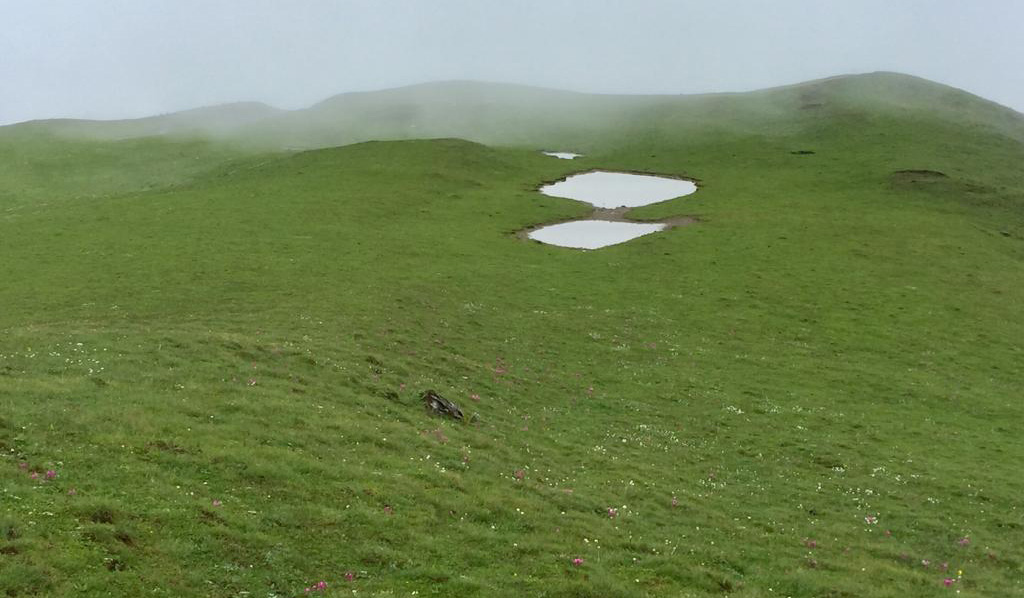
Pokhara is the most popular travel destination, drawing thousands of visitors annually. The International Mountain Museum, Fewa Lake, Davis Falls, Begnas Taal, Gupteshower Mahadev, and Sarangkot are Pokhara’s main tourist destinations. Pokhara is the beginning point of many popular hiking routes, including Manaslu, Annapurna, Mustang, and a few others.
We arrived at Pokhara on the first day of our tour. There, we enjoyed a fantastic day and prepared for the following day.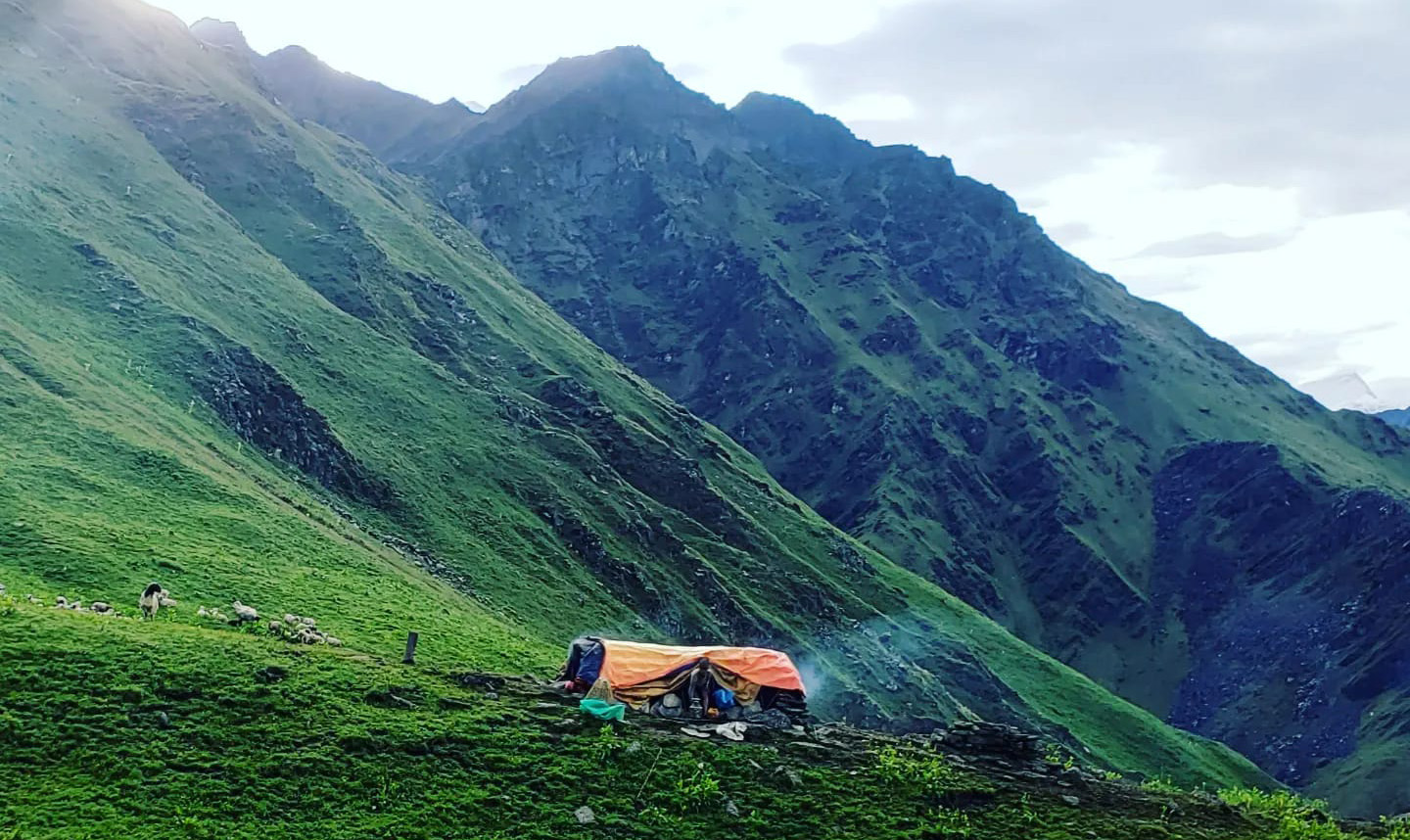
Day 2: Pokhara to Beni, Tatopani, Darbhanga, Dharapani, Takam, and Muna.
We got up early the following day and rode in a taxi towards Beni. It was around nine when we arrived at Beni. Similarly, the rain persisted all day, turning the roads into a muddy mess that prevented the cab from operating. As a result, we decided to take a local bus from Beni to Darbhang, making stops en route to Fedi at Tato Pani (Hot Spring) and Darbhang. After getting to Fedi, we had lunch there. After lunch, we resume our journey to Dharapani.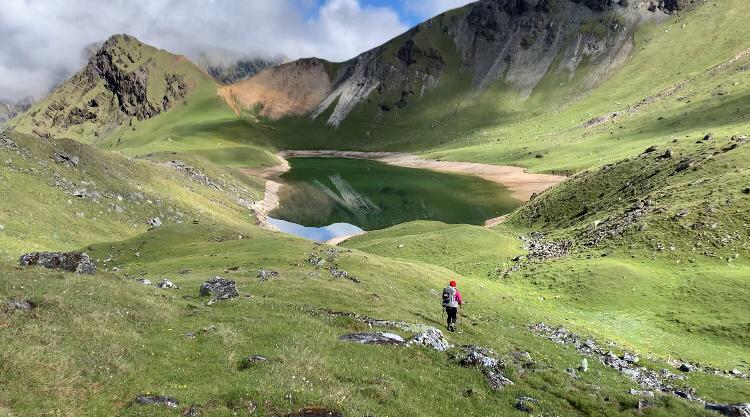
This village is still conserving its traditions. We saw many traditional houses over there, which look amazing. Most of the people start trekking from Dharapani, but we decide to take a jeep to Muna. That day, it also rained the whole day, and the river stream got bigger each time. which makes it a bit difficult. But that day we stayed in Muna, and we had a yummy dinner over there. and planned for tomorrow.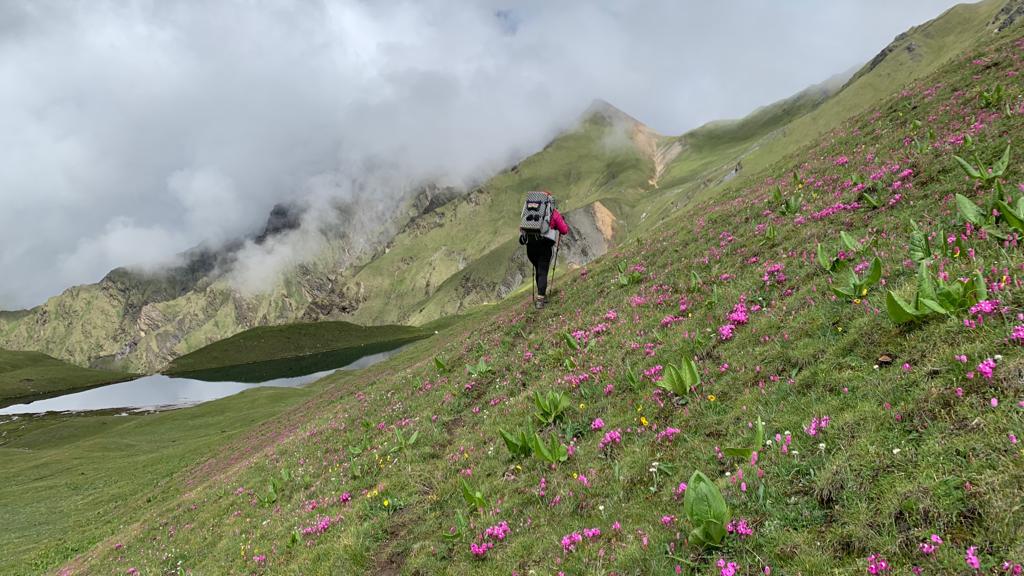
Day 3: Muna to Lamsum, Maruni, Jaljala Pass, and Tallo Jaljala.
On the third day, we woke up early and had breakfast. After that, we prepared our belongings and set off on the journey to Jaljala. Due to the rain that day, the trek to the jaljala was quite difficult. We travelled across numerous waterways, and due to the rain, all of the streams had become much bigger. And landslides also scare us. Anyhow, we continued our trip and eventually arrived at Lamsum Village; then, after a 20-minute flat walk and a long ascent, we arrived at Maruni Village.
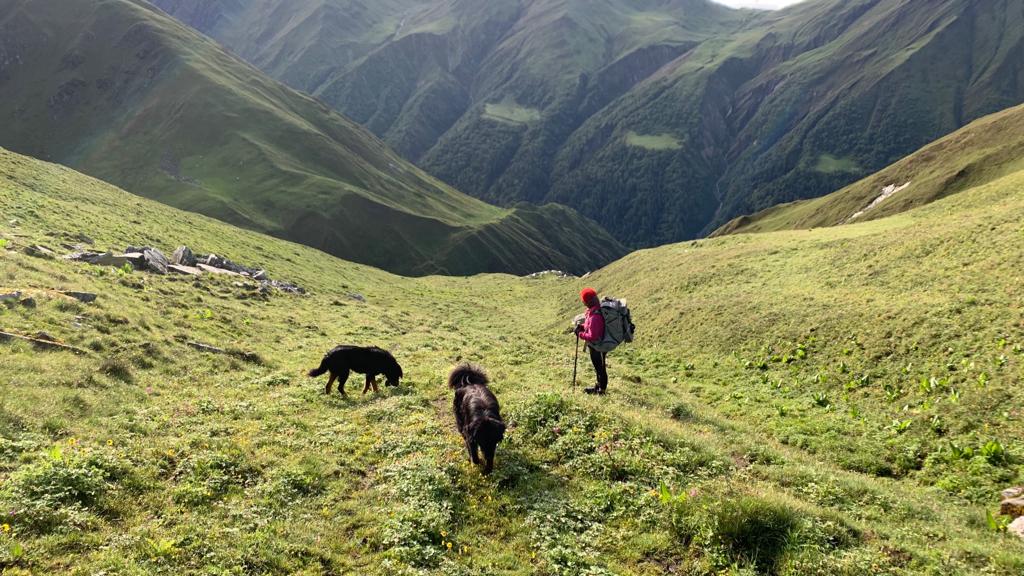
Most of the houses and lodges in Maruni village were closed when we got there. In addition to being starving, we also experienced great luck. We discovered a small house occupied by an old mother, her son, and her daughter-in-law. We asked her to make lunch for us, and she agreed. We helped her prepare lunch, had it there, and then drove to Jaljala.
We went back to the Jaljala after lunch. The hike from Maruni to Jaljala proved challenging. A dense jungle encircles it as well. It was the first time we had seen so many leeches on the hike. Because of the leeches and weather, we reached Jaljala in three or four hours. After going downhill for twenty minutes, we first arrived at Jaljala Pass and then at Tallo Jaljala. There is a small cottage where we stayed the night.
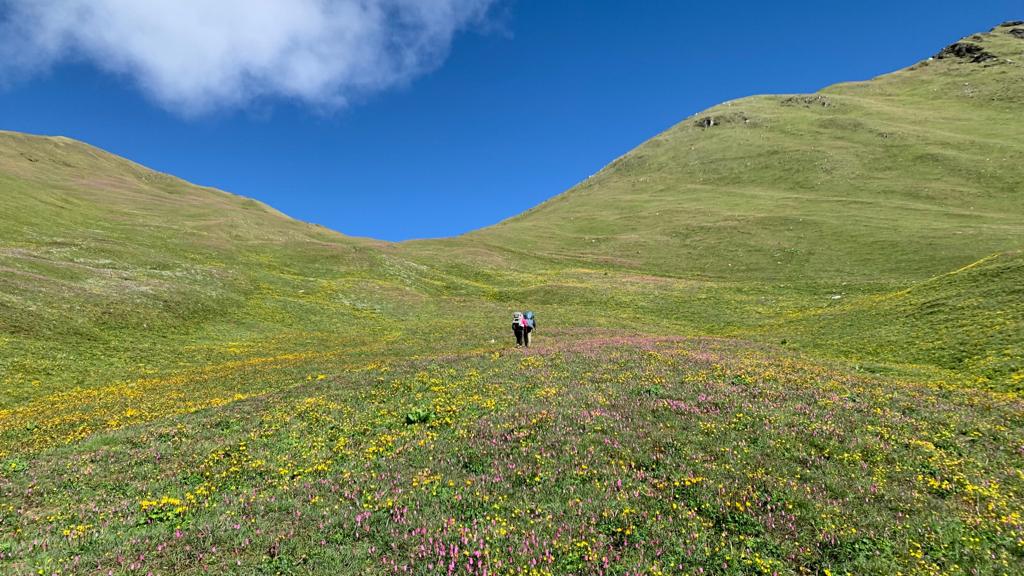
Day 4: Tallo Jaljala to Dhunga Ghar, Ruwachaur, Pokhari, and Naule.
We started our adventure to Naule on this particular day at a very early hour. The following day was just like the day before. We couldn’t see more than 10 metres due to the fog because it had been raining the entire day. After around four to five hours of walking, we reached Dhungaghar by simply following the route that connected the road and the bush. From there, we proceeded on the road until we reached Ruwachaur.
We were able to observe that stunning valley when we arrived at Ruwachaur because the weather was clear. There were numerous herds and sheepfolds there. That valley was astoundingly large. After spending some time there and eating lunch, we continued on and arrived at Naule at around four o’clock. And that is where we pitched our tent.
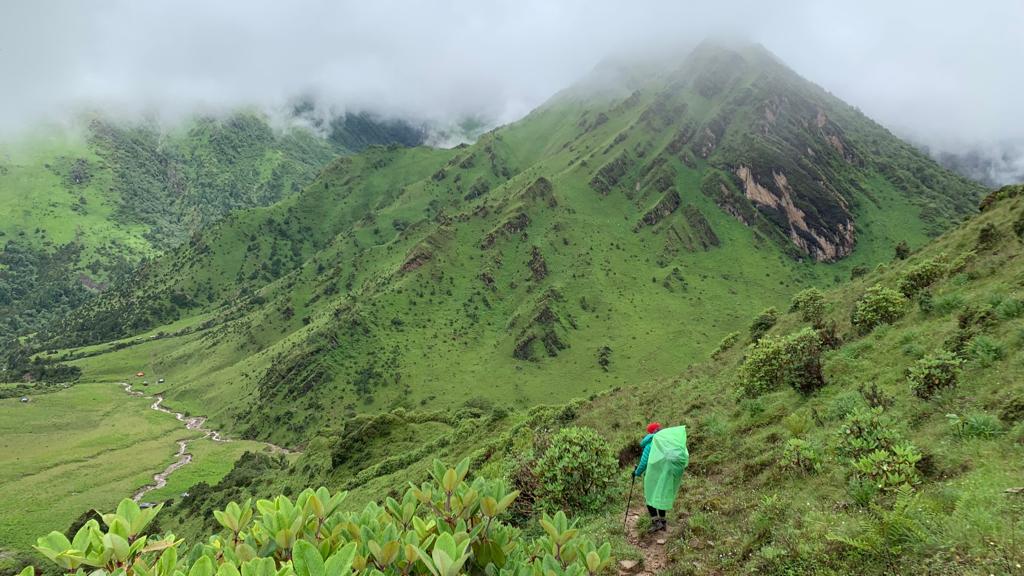
Day 5: Thal kharka, Falle Ghar, Manjum, Kabe khola, Maure.
On day five, we woke up early in the morning and had champa (flour), and we moved to Naure. Since then, today is also the day when the weather is getting better, and we saw the beautiful landscape, which was amazing. We crossed many small passes. There were many ups and downs on the trail, but we enjoyed the whole trek, and via Thal Kharka, Falle Ghar, Manjum, and Kabe Khola, we reached Naure. On this route, we saw many shepfolds. and we meet the shepherd, and we stay with them.
Day 6: Parke, Warmi Ghora, Parmi Ghora Nau Singey Danda, Chandra Kharka, Warmi Chalukhe, and Do Ghari.
The entire walk turned out to be so amazing once the weather improved. We relished each step. We were awestruck by the spectacular scenery, which included mountains, rivers, waterfalls, valleys, and lush vegetation. We also encountered many shepherds along this route. They were all incredibly helpful and down-to-earth.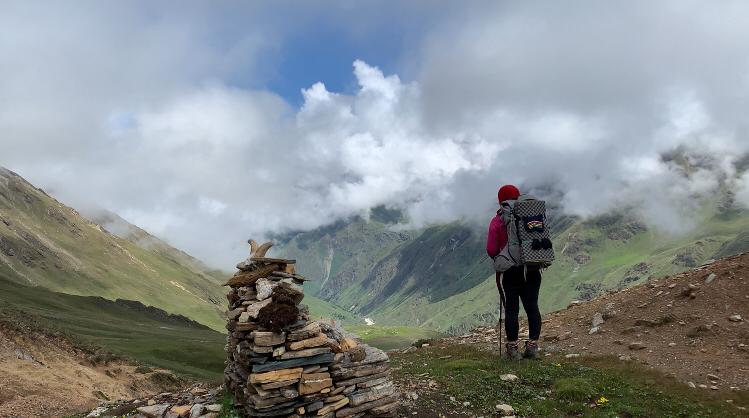
We continued our trek via Parke, Warmi Ghora, Parmi Ghora Nau Singey Danda, Chandra Kharka, and Warmi Chalukhe to Do Ghari. Warmi Ghora, or Parmi Ghora, is a lovely pond location.It was so amazing. And it is also a holy place. Every year, people visit there for worship.
Day 7: Lamar, Shyang Khola, Pupal Dah, Pani Diallo, Purbang, Majaula Kharka, Jongla Pass, Lungkhor.
On the previous day of the trek, we had a variety of experiences. Despite the fact that we encountered rain for a few days at the start of the trek, we couldn’t see any landscape at that time. But we also had a different experience, which made our trek so wonderful. All the places were so amazing.
There were only a few tent hotels in Shyang Khola, which are run by the locals. There are many people who trekked on this route; they stay over there. But we didn’t stay; we just had lunch there before moving on to Pupal Dah. We continued our trek, and we passed Pupal pupal dah, Pani Diallo, Purbang, Majaula Kharka, and Jongla Pass.
On this trek, we crossed many passes, and the Zongla Pass was the last pass of our trek. After the Zonggla pass, we reached Lungkhor. Because of the monsoon, sometimes we faced rain, and sometimes we had sunny and clear weather. Day 7 was such a long trek for us. That day, we again stayed in the sheepfold.There, the folks were incredibly pleasant and helpful. We gladly spent the evening with them because they fed us and offered us a place to stay.
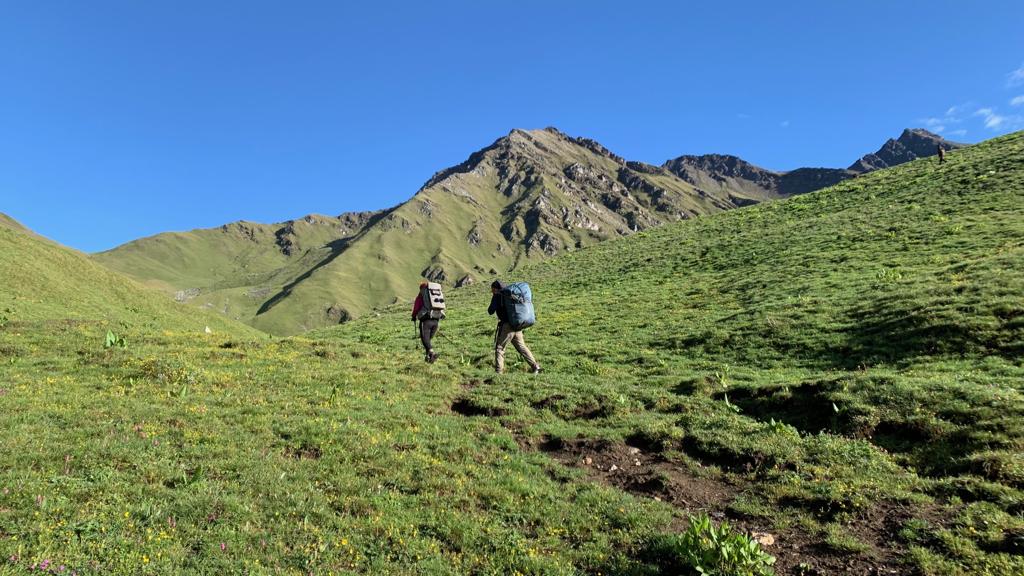
Day 8: Dunai, Juphal.
The next day, we set out to trek from Lungkhor to Dunai. We get up early, exactly as previously, get breakfast, and then we hike down to Dunai. The trail leading to Dunai is quite pleasant, offering breathtaking views of Mount Kanjerwa and the Dolpo Valley. But it’s all straight downhill; after a steady five- to six-hour hike, we reached Dunai. There, we had lunch and rested. We next travelled by car to Juphal, where we spent the night.
Day 9: Juphal, Nepalganj, Kathmandu.
Our exploration of Dhorpatan ended on day nine. We had flights that day from Juphal to Nepalganj and from Nepalganj to Kathmandu.
The journey was excellent all around. I had never gone on an adventure during a monsoon before. On this trek, we enjoyed every single location because the natural beauty and route were so amazing. the variety of experiences along this route. There are a lot of sheep in the herd and flock, and the shepherds are quite hospitable.
They are fully aware of what “Aatithi Devo Bhav” means.
Recent Post

Ganesh Kund and Kalo pokhari Trekking Trail
Post Date: March 23, 2023